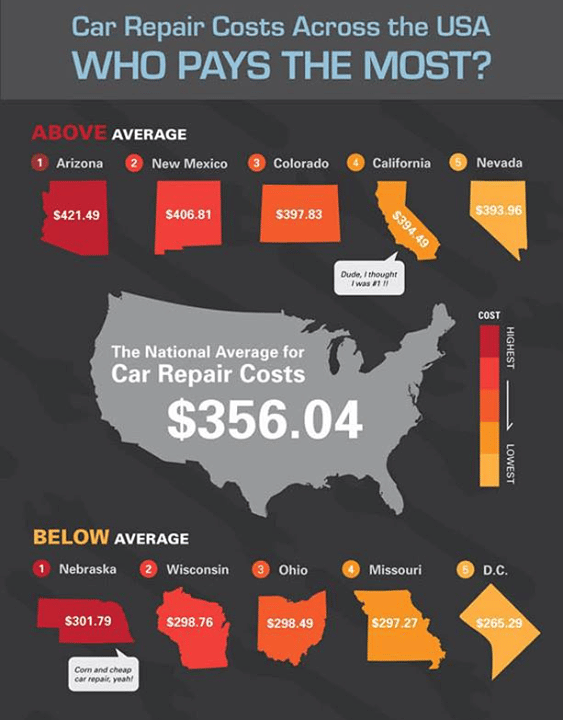Recognizing Your Car'S Caution Lights: What Do They Actually Mean?
Recognizing Your Car'S Caution Lights: What Do They Actually Mean?
Blog Article
Composed By-Vinson Alvarado
When you lag the wheel, those glowing caution lights on your control panel can be a little bit perplexing. Do you understand what they're trying to inform you concerning your auto's health? Comprehending the value of these lights is important for your safety and the longevity of your car. So, the following time one of those lights turns up, wouldn't you wish to analyze its message accurately and take the necessary steps to resolve it?
Common Caution Lighting and Interpretations
Recognize usual caution lights in your cars and truck and understand their significances to ensure secure driving.
One of the most regular warning lights include the check engine light, which signals problems with the engine or discharges system. If read this comes on, it's critical to have your vehicle examined without delay.
The oil pressure cautioning light shows low oil pressure, calling for immediate interest to stop engine damage.
A flashing battery light might suggest a faulty charging system, potentially leaving you stranded if not resolved.
The tire stress monitoring system (TPMS) light signals you to low tire stress, influencing automobile security and gas effectiveness. Ignoring this can lead to dangerous driving problems.
Read Full Report shows a trouble with the anti-lock stopping system, compromising your capacity to stop rapidly in emergency situations.
Finally, the coolant temperature level alerting light warns of engine overheating, which can result in extreme damage if not resolved promptly.
Recognizing these typical warning lights will aid you deal with problems quickly and maintain secure driving problems.
Importance of Prompt Focus
Understanding the common caution lights in your automobile is just the primary step; the value of without delay resolving these cautions can't be highlighted enough to ensure your security when traveling.
When a warning light brightens on your control panel, it's your auto's way of connecting a potential concern that needs focus. Disregarding these cautions can lead to much more extreme issues later on, jeopardizing your security and possibly costing you much more out of commission.
Prompt attention to cautioning lights can stop breakdowns and crashes. For example, a flashing check engine light can indicate a misfire that, if left ignored, might cause damages to the catalytic converter. Resolving this promptly can conserve you from a pricey fixing.
Similarly, try this web-site warning light might signal reduced brake fluid or used brake pads, important parts for your safety and security when driving.
Do It Yourself Troubleshooting Tips
If you see a caution light on your control panel, there are a couple of DIY fixing tips you can try prior to seeking expert assistance.
The very first step is to consult your vehicle's handbook to recognize what the details warning light suggests. Occasionally the issue can be as basic as a loose gas cap setting off the check engine light. Tightening up the gas cap might solve the trouble.
Another usual concern is a reduced battery, which can cause various warning lights. Examining the battery links for corrosion and ensuring they're secure might deal with the trouble.
If a caution light persists, you can try resetting it by disconnecting the car's battery for a couple of minutes and after that reconnecting it. Furthermore, examining your automobile's fluid levels, such as oil, coolant, and brake fluid, can aid repair alerting lights connected to these systems.
Verdict
In conclusion, understanding your automobile's caution lights is crucial for keeping your vehicle running efficiently and safely. By without delay attending to these alerts and knowing what they mean, you can stay clear of costly fixings and potential malfunctions.
Keep in mind to consult your automobile's handbook for specific information on each warning light and do something about it as necessary to make sure a trouble-free driving experience.
Keep educated, remain secure when driving!
